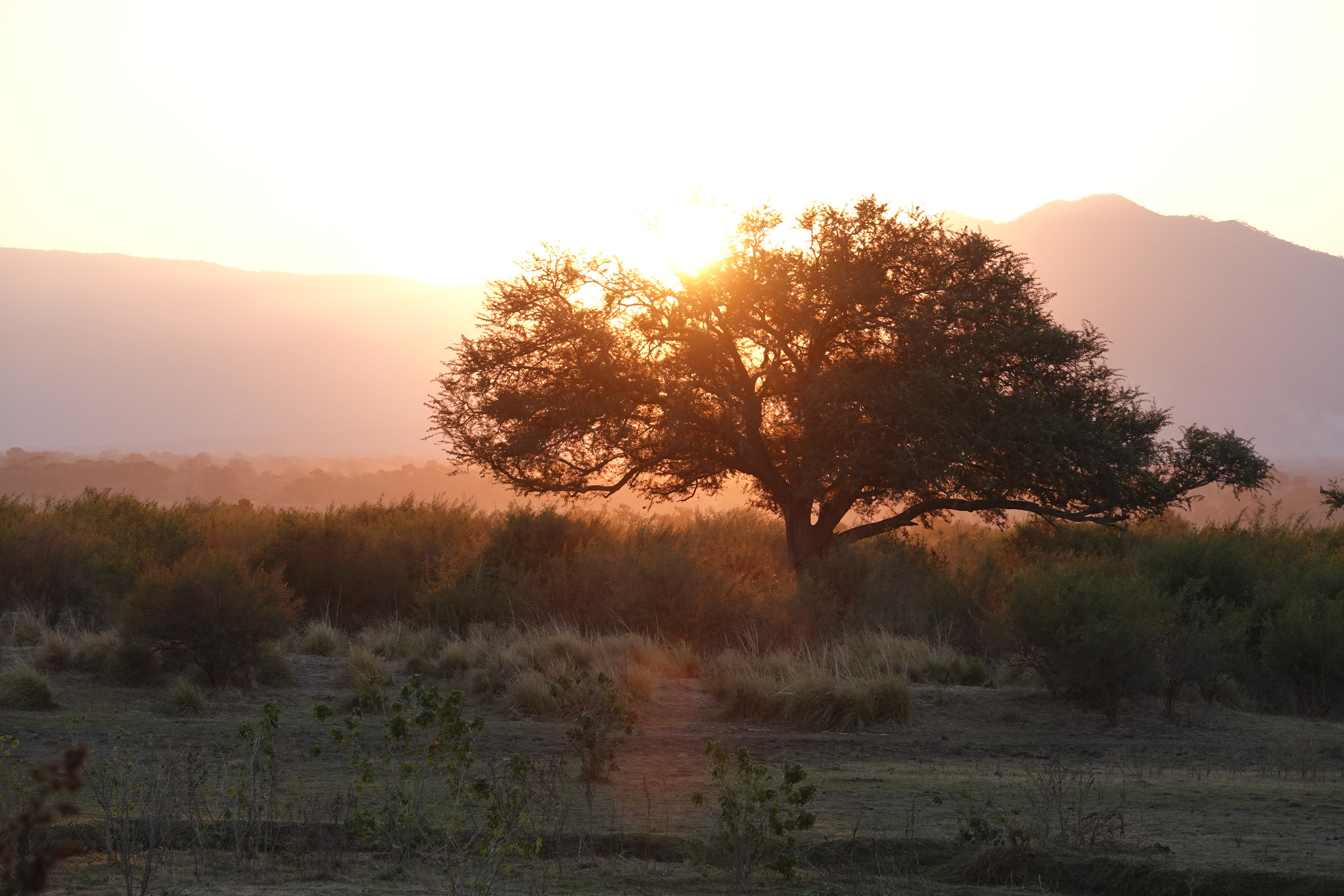
It’s time for a new car. I’ve driven the old Pinto for nearly 44 years and at long last I’m rid of it. Gladiola and I made the decision a few days ago and last night, in the gloom and heat, I drove it to the Cliffs of Destruction. As the silvery moon rose between Jupiter and Mars, I released the emergency brake, slid out through the driver’s door and watched it roll over the edge. It disappeared from view, then could be heard to crash on the rocks. Though I’d taken care to empty the fuel tank, it exploded on impact anyway, then quickly was swallowed by an enormous wave. I couldn’t help but think as I called a helicopter taxi service, this can’t be good for the environment. There must be a better way to dispose of old cars.
So now Gladiola and I are on a new car search, and I have to say how proud I am of the world’s automakers. They’ve really risen to the challenge and almost overnight are producing cars that not only don’t cause too much environmental damage, they actually reverse it. Amazing.
I’ve read the brochures, and here’s a partial list of features:
- My car will have all the latest technology
- My car will do zero to sixty in a respectable 3.4 seconds
- My car will be made solely from reclaimed materials
- My car will generate zero pollution and one day, after decades of driving, it will biodegrade into a fully functioning tomato patch
- My car will filter pollutants from the atmosphere and convert those pollutants into highly nutritious energy bars automatically distributed to those in need
- My car will use photosynthesis to convert CO2 to oxygen making it a negative zero carbon emitter
- My car will use anti-gravity technology for propulsion with a hover range of slightly above ground level to 40 feet above traffic
- My car will have a retractable in-dash record player
- My car will repel dirt and water and never require cleaning
- My car will transfer the life energy from my passengers to me, the driver, thus slowly reversing the aging process. This is important as I’ve become flabby and potato-faced.
- My car will cost about 27,000 dollars, give or take.









